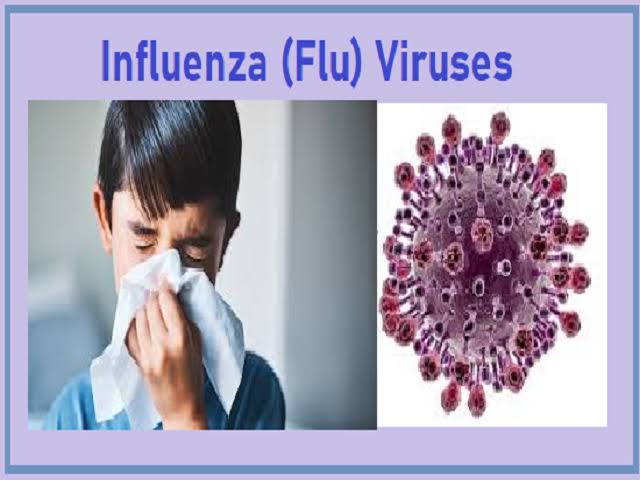
In the ongoing battle against influenza during this flu season, the emerging H3N2 subtype has risen to dominance, surpassing both swine flu (HINI) and COVID-19. Alongside H3N2, the Influenza B sublineage Victoria is also contributing to a smaller portion of cases nationwide. The prevalence of H3N2 is evident among hospitalized patients in Maharashtra, where the number of flu admissions is steadily increasing. While reported deaths remain relatively low, healthcare professionals are closely monitoring the situation.
The Prevalence of H3N2 and Population Immunity:
The positivity rate for flu in Maharashtra has seen a significant increase in July, rising from 6 percent in April and May to 19 percent. Dr. Varsha Potdar from the National Institute of Virology attributes this higher prevalence of H3N2 to the population’s immunity profile. With a significant proportion of individuals previously exposed to COVID-19 and vaccinated against it, the prevalence of H3N2 has seen an upswing. Meanwhile, the circulation of HINI was observed last year.
Changes in Influenza Circulation:
The onset of the COVID-19 pandemic in 2020 has brought about shifts in the circulation of influenza viruses worldwide. Notably, the influenza B Yamagata lineage has not been detected globally since April 2020, while the influenza B sublineage Victoria is increasingly prevalent. Mumbai’s KEM Hospital has observed a high number of positive cases for H3N2 and fewer cases of COVID-19 and H1N1. In light of these findings, a proposed study aims to explore the relationship between different virus types and the clinical symptoms they manifest.
Significance of H3N2 and Its Historical Background:
H3N2 has historical significance, being responsible for the 1968 pandemic that claimed a million lives worldwide before becoming a seasonal flu. Unlike the relatively stable influenza B viruses, H3N2 has a tendency to undergo rapid changes. Fortunately, it has not caused significant devastation this flu season. Most patients recover well, especially when administered oseltamivir early. Healthcare professionals emphasize the importance of vaccination, given the cyclic nature of viruses and varying immunity levels in the population, allowing different viruses to rise to dominance.
Public Health Measures and the Way Forward:
As H3N2 cases continue to rise, healthcare professionals stress the importance of continuous surveillance, early treatment, and widespread vaccination to manage the situation effectively. Vaccination remains the most effective method to protect individuals and communities from the flu. Early administration of oseltamivir for those with flu-like symptoms can help reduce the severity and duration of the illness. Public health authorities are closely monitoring flu activity and trends to respond promptly to any potential outbreaks.
Education and Awareness:
Increasing public education and awareness campaigns are crucial in encouraging vaccination and promoting preventive measures. Simple practices, such as frequent handwashing, covering the mouth and nose while sneezing or coughing, and staying home when feeling unwell, can help prevent the spread of influenza viruses. Healthcare providers play a vital role in educating patients about the importance of vaccinations and dispelling myths surrounding them.
Global Collaboration in Flu Surveillance:
Given the transmissible nature of influenza viruses, global collaboration in flu surveillance is essential. Influenza viruses can easily cross borders, making international cooperation crucial in tracking flu activity, identifying new strains, and ensuring early response to potential outbreaks. Sharing data and research findings among countries can contribute to a more comprehensive understanding of flu viruses’ behavior and evolution.
Conclusion:
As the emerging H3N2 dominates this flu season, healthcare professionals and public health authorities must remain vigilant in their efforts to combat the spread of the virus. While cases are on the rise, the situation can be managed effectively through continuous surveillance, early treatment, and widespread vaccination. Public education and awareness campaigns will empower individuals to take preventive measures, protecting themselves and their communities from the flu. With global collaboration in flu surveillance, the world can respond swiftly to any potential outbreaks and work collectively to safeguard public health. In the face of this ongoing battle with influenza viruses, cooperation, preparedness, and a focus on promoting overall well-being are essential to navigate through this flu season and beyond.













